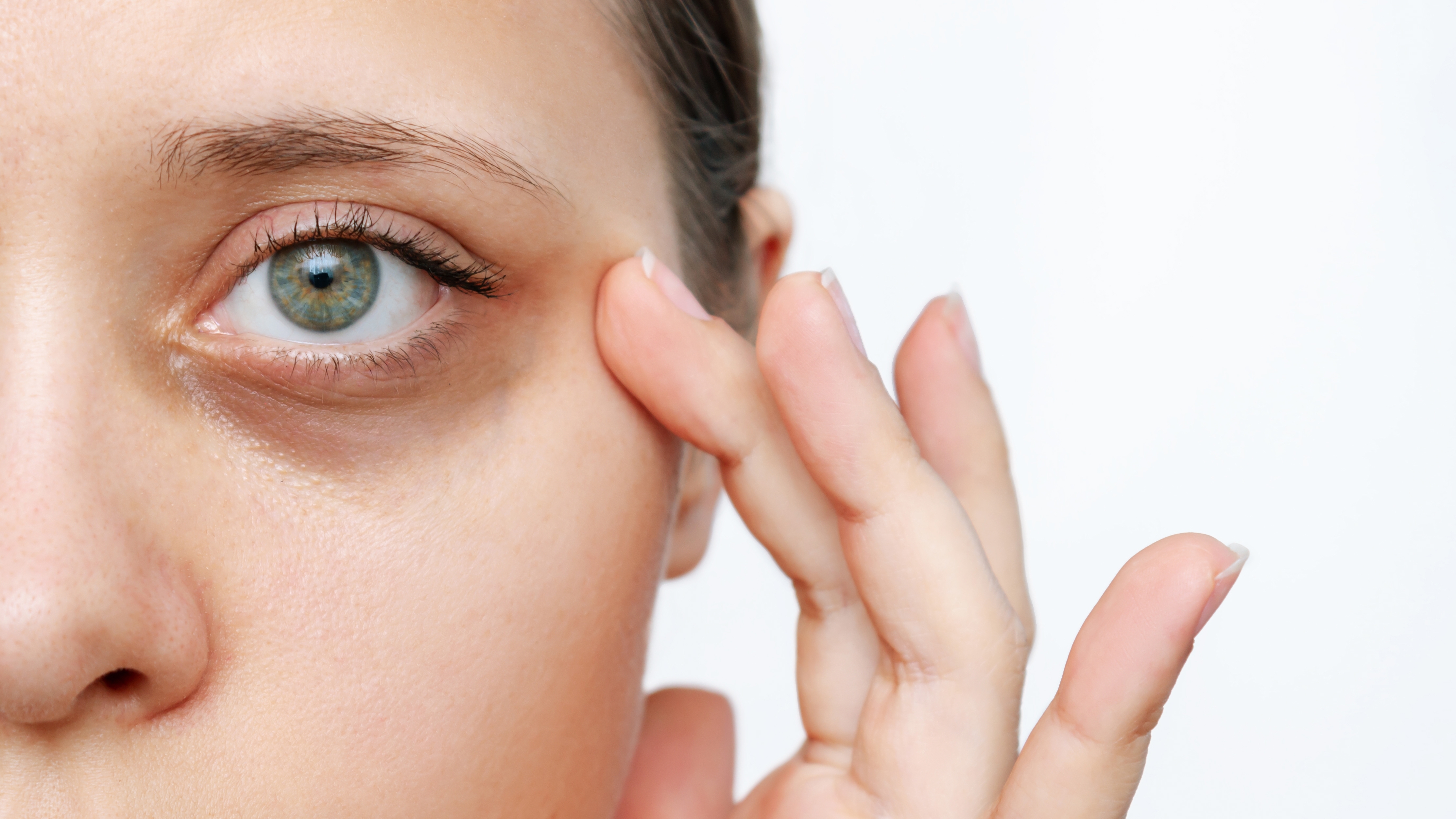Journal
What Are The Differences Between Eyebags and Dark Circles - How To Get Rid Of Them?
2023-12-08
Eyes

In the pursuit of a rejuvenated and youthful appearance, individuals often encounter a common cosmetic concern – dark circles under the eyes or eye bags. Despite various skincare regimens and lifestyle changes, some individuals find themselves grappling with persistent under-eye bags and shadows. In recent years, a surgical solution has gained popularity for addressing this concern, under-eye fat repositioning surgery. This procedure aims not only to eliminate under-eye bags but also to provide a long-lasting solution to dark circles. In this article, we will go into the intricacies of dark circles and eyebags, explore the causes behind them, and discuss the under-eye fat repositioning surgery as a transformative option.
Eyebags and dark circles are common cosmetic concerns related to the area around the eyes, but they have distinct differences with different causes and characteristics.
Understanding Eyebags and Its Causes
Eyebags are characterized by puffiness or swelling under the eyes. This occurs when the tissues around the eyes, including fat, weaken and sag, causing bulging effects.
Several factors cause or worsen eyebags:
- Aging: As we age, the skin loses elasticity and collagen, becoming less effective in holding back fat. The tissues and muscles around the eyes weaken; therefore, the support would eventually lead to protruded lower eyelids, giving the appearance of bags.
- Genetics: Some individuals may have eyebags running in the family.
- Fluid Retention: Excessive salt intake, hormonal changes, or other factors can cause fluid retention, leading to puffiness around the eyes. When fluid accumulates, it can cause additional swelling in the lower eyes.
- Allergies and Irritants: Allergic reactions can result in inflammation and fluid buildup, contributing to the development of eye bags.
Understanding Dark Circles and Its Causes
Dark circles, often referred to as periorbital hyperpigmentation, are a common cosmetic concern affecting individuals of various ages and backgrounds. These dark discolorations under the eyes are primarily caused by a combination of factors, making their treatment a multifaceted challenge.
Several factors cause or worsen dark circles:
- Genetics: One of the leading contributors to dark circles is genetics. Some individuals are genetically predisposed to have thinner skin under their eyes, which can reveal the underlying blood vessels more prominently, giving the appearance of dark circles.
- Aging: As the skin ages, it loses collagen and elasticity, becoming thinner and more translucent. This natural aging process can contribute to the visibility of blood vessels and lead to the development of dark circles.
- Thin skin: The skin under the eyes is thinner than the rest of the face. It can make the blood vessels more visible and contribute to a darker appearance.
- Fatigue and lack of sleep: insufficient sleep or chronic fatigue can exacerbate the appearance of dark circles.

Under-eye Fat Repositioning Surgery
In recent years, under-eye fat repositioning surgery has emerged as a promising and transformative solution for individuals seeking to address under-eye bags and dark circles. This surgical procedure, also known as lower blepharoplasty or tear trough surgery, involves repositioning or redistributing the fat deposits under the eyes to achieve a more youthful and refreshed appearance.
How the Surgery Works
During the surgery, the surgeon carefully redistributes or repositions the under-eye fat to fill hollow areas and reduce the appearance of bags. This redistribution not only addresses the volume loss but also minimizes the shadows that contribute to dark circles.
Tissue Tightening
In addition to fat repositioning, the surgeon may tighten the underlying tissues to provide structural support. This helps in creating a smoother and more rejuvenated contour under the eyes.
Customization
The surgery is highly customizable to the individual's specific needs. Surgeons can tailor the procedure based on the patient's unique anatomy and the extent of correction required.
Benefits of Under-eye Fat Repositioning Surgery
Unlike some topical treatments or non-invasive procedures that may provide temporary improvement, under-eye fat repositioning surgery offers a comprehensive and long-lasting solution to both under-eye bags and dark circles.
Natural-Looking Results
By addressing the underlying causes of under-eye issues, the surgery aims to provide natural-looking results. The redistribution of fat creates a harmonious and youthful contour without the risk of an overdone or unnatural appearance.
Improved Self-Confidence
Individuals who undergo this surgery often report improved self-confidence and a more positive self-image. The reduction of under-eye bags and dark circles can contribute significantly to a more youthful and refreshed overall look.
Minimal Scarring
With advancements in surgical techniques, the incisions for under-eye fat repositioning surgery are typically well-concealed, resulting in minimal scarring. This is a significant advantage for individuals concerned about visible signs of surgery.

Under-eye Fat Repositioning Recovery and Aftercare
Postoperative Swelling and Bruising
It's common to experience some swelling and bruising following the surgery. However, these side effects are temporary and typically subside within a few weeks.
Rest and Avoidance of Certain Activities
Patients are advised to get plenty of rest during the initial recovery period. Avoiding strenuous activities, sun exposure, and certain medications can help facilitate a smoother recovery.
Follow-up Appointments
Regular follow-up appointments with the surgeon are crucial to monitor the healing process and address any concerns. Surgeons may provide postoperative care instructions to optimize the results.
Potential Risks and Considerations
Bleeding and Infection
As with any surgical procedure, there is a risk of bleeding and infection. However, these risks are minimized when the surgery is performed by a qualified and experienced plastic surgeon in a sterile environment.
Asymmetry
Achieving perfect symmetry is a complex task, and some degree of asymmetry may persist after surgery. However, experienced surgeons strive for balance and harmony in the final results.
Under-correction or Over-correction
While under-eye fat repositioning surgery aims for natural results, there is a possibility of under-correction or over-correction. Communication between the patient and surgeon during the consultation is crucial to setting realistic expectations.
Conclusion
Under-eye fat repositioning surgery stands at the forefront of cosmetic innovations, offering a transformative solution to the persistent issues of under-eye bags and dark circles. As technology and surgical techniques continue to advance, individuals seeking a more youthful and refreshed appearance have a reliable option that goes beyond topical treatments and temporary fixes.
It is essential for individuals considering this surgery to consult with a qualified and experienced plastic surgeon who can assess their unique anatomy and discuss realistic expectations. With careful consideration, proper aftercare, and realistic expectations, under-eye fat repositioning surgery can pave the way to a brighter tomorrow, where individuals can confidently face the world with rejuvenated and captivating eyes. Click here to make a consultation with Docfinderkorea.
Back


